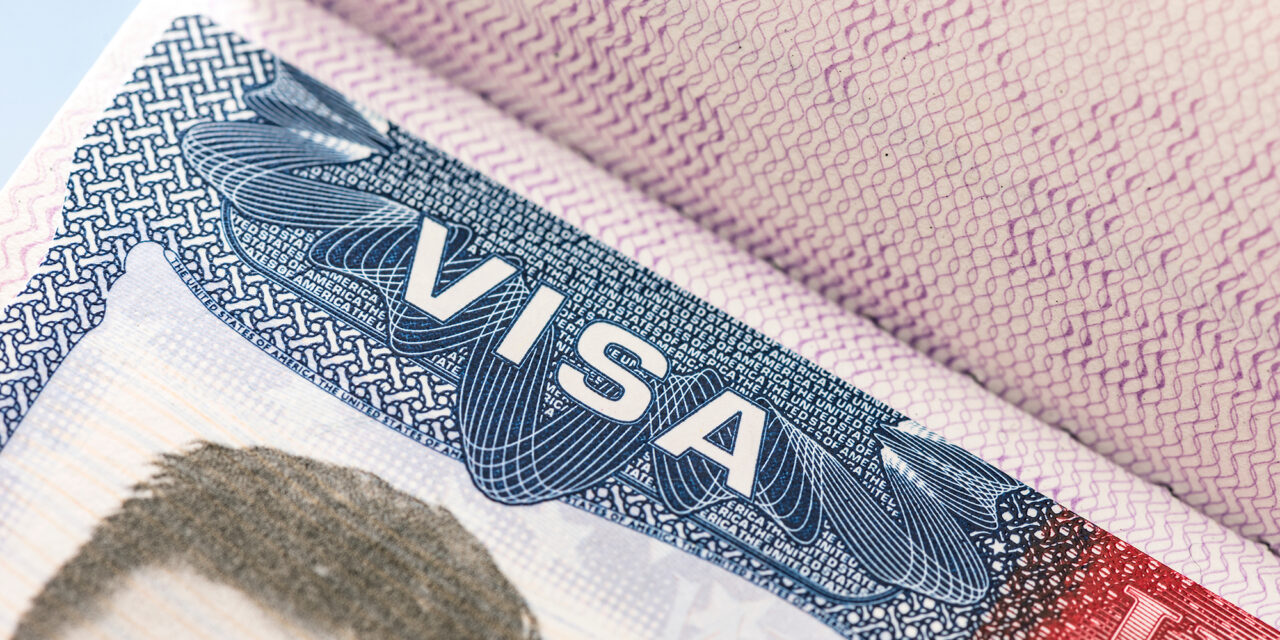A federal judge ordered the Trump administration to resume issuing diversity visas on September 5. Each year, the State Department uses a lottery system to select visa recipients from a broad array of countries. In April, President Trump banned diversity visa recipients from entering the country.
What is the diversity visa?
Congress established the Diversity Visa Program through the Immigration Act of 1990 to promote immigration from countries underrepresented in the United States. The law allows up to 55,000 people to be selected, but that cap was lowered to 50,000 in 2017. Only citizens of countries with fewer than 50,000 nationals admitted to the United States in the past five years are eligible to apply. Applicants must have a high-school education or at least two years of recent qualifying work experience.
After lottery winners are selected out of millions of applicants, they are eligible to apply for a visa and must undergo intense screening in order to be approved. If the applicant’s visa is not issued by September 30, the end of the fiscal year, they lose the opportunity to immigrate to the United States.
Why was the diversity visa banned in the first place?
President Trump announced the travel ban on many immigrants who seek to come to the U.S. permanently through their close family ties or the diversity category in April. In June, he extended the ban through the end of 2020 and expanded it to include several nonimmigrant categories, including H-1B workers and their spouses (H-4s), L-1 visas, and J-1 exchange visas.
When the administration announced the ban, the State Department had only issued 12,000 diversity visas for fiscal year 2020, leaving nearly 40,000 lottery winners waiting in limbo.
Did the ruling impact any other of the other visa bans?
The judge issued the order in a hearing on five consolidated lawsuits challenging the April and June bans. He failed to take action on other categories of people affected by the bans, including those applying for green cards based on family relationships in the U.S. and those who intended to travel with a work visa. Many of these workers are in essential industries, including the medical field.
The judge also failed to extend the end-of-September deadline when eligibility for a diversity visa will expire. However, he did order the State Department to “undertake good-faith efforts to adjudicate visas” by the deadline.
Why the Trump administration’s justification for the diversity visa ban is faulty.
The administration used the United States’ current economic downturn to justify the ban, saying that it would decrease competition for American workers. However, the ban did not include any meaningful economic analysis to support this claim, and its reasoning contradicts the opinions of economic experts.
President Trump has called for the end of the visa lottery since 2017, when he said that the program was “picking the worst of the worst.” The government has repeatedly used the COVID-19 pandemic as an excuse to implement its restrictionist immigration agenda.
While the decision forcing the federal government to resume issuing visas in the diversity category is a welcome step, several problems remain. It is unclear how many visas the government will ultimately issue before the end of the fiscal year, or if people who receive visas will ultimately be permitted to enter the United States. The ruling does not help diversity visa winners who had not yet been scheduled for a consular interview before COVID-19 shutdowns. It is also likely many people won’t be able to travel to their appointment, especially those whose closest U.S. consulate is in another country.
The diversity visa benefits the United States by adding diversity to our immigration pool and helping balance the current U.S. immigration system’s tendency to favor individuals who have close relationships with family members or employers in the United States. The Trump administration should not use a global crisis as a pretext to stop this and other immigration flows into the United States.
FILED UNDER: Diversity Visa


